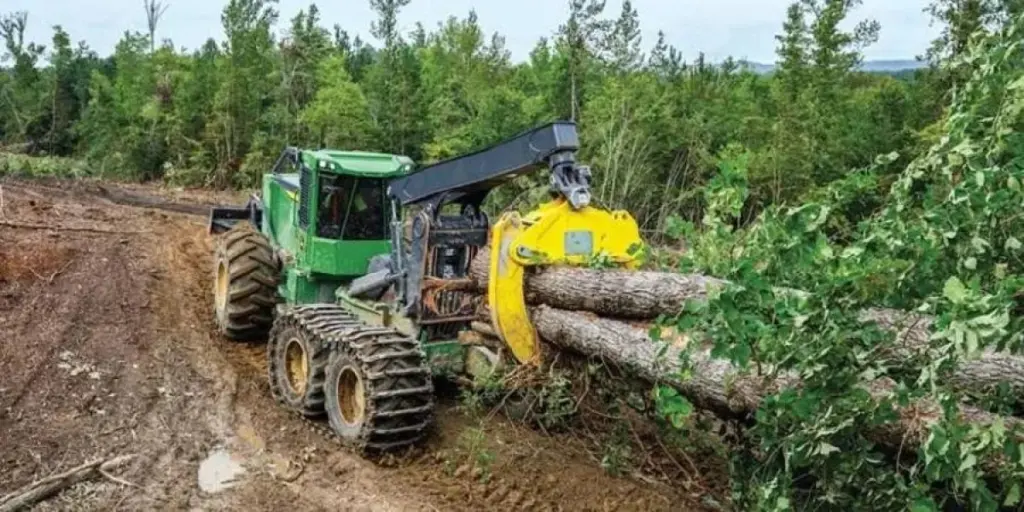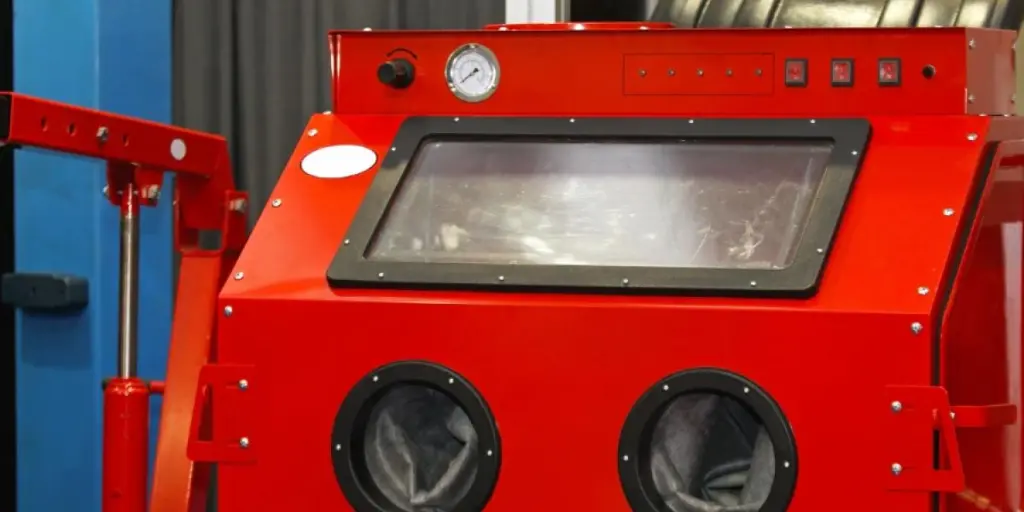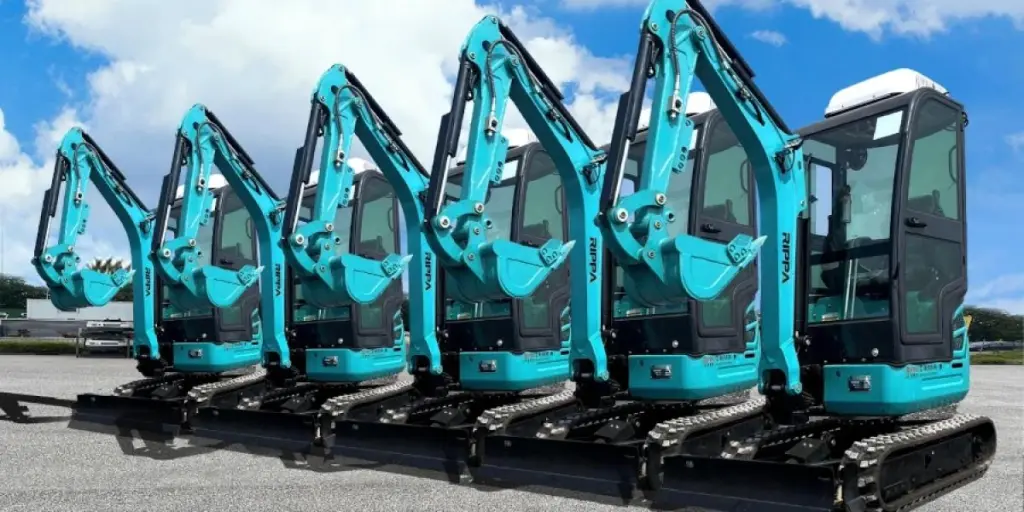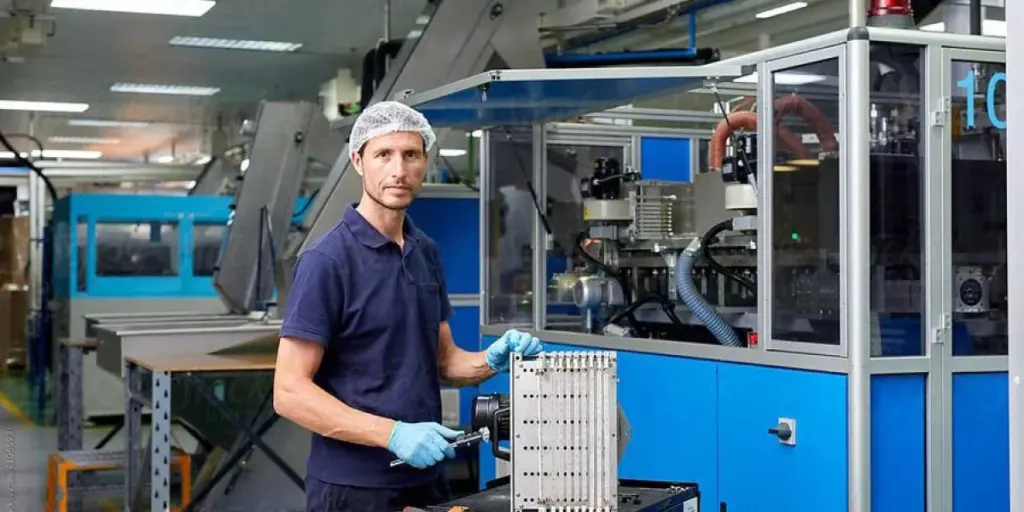The growing demand for wood and wood products has increased investments across the forestry sector, and forest management practices have augmented the demand for forestry equipment. For example, the manufacturing industry, consumer goods, and housing have driven growth in the forestry product industry, consequently boosting the demand for equipment needed to harvest, load, and process trees.
Table of Contents
Market share and potential of forestry machinery
What to look for when selecting forestry equipment to sell?
Selecting forestry machinery for different end customers
Takeaway
Market share and potential of forestry machinery
In recent years, there has been an increase in the global usage of timber for commercial purposes, boosting the market and demand for forestry machines. In 2020, the market for forestry equipment was valued at US$ 9 billion and was expected to grow at a CAGR of over 4.5% from 2021 to 2027.
What to look for when selecting forestry machinery to sell?
Key factors to consider when choosing forestry machinery
- Quality and reliability
- Acquisition costs
- Equipment size and performance
- Compatibility and availability of replacement parts
- Fuel efficiency
- Availability of knowledge and skills on the usage of the equipment
Types of forestry machinery
1) Stump grinders

A stump grinder is a piece of equipment consisting of powerful rotating blades that are used to remove tree trumps left after a tree has been cut down. Between 2016 and 2020, the global stump grinder market grew at a CAGR of 1.7%, with the U.S., Russia, China, and the U.K dominating the market. The market is projected to grow at a CAGR of 3.7% through 2021-2031 due to increased government investments and strict regulations on environmental protection.
Key factors to consider before selecting
- Age of the stump
- Size of the stump
- Grind depth
- Tree species
Features
- Stump grinders are characterized by a cutter wheel with fixed carbide teeth that grind the tree stumps and roots into small pieces using a high-speed disk.
- Hydraulic cylinders control the cutter wheels by pushing the cutter head through the stump.
- Stump grinders vary in size; they could be as small as a lawn mower weighing approximately 100 lbs and running on as little as 7 hp or a large truck weighing 1,500-2,000 lbs running on power ranging between 30-40 hp.
Pros
- The spinning carbide-tipped steel wheel on the front of the stump grinder makes it quick and efficient to remove a stump.
- Stump grinding is good for the environment since it removes all types of stumps and roots without affecting the surrounding landscaping, trees, or plants.
- Stump grinders remove stumps eliminating the possibility of new sprouting.
Cons
- Large stump grinders are expensive.
- Stump grinding can be messy.
2) Harvesters
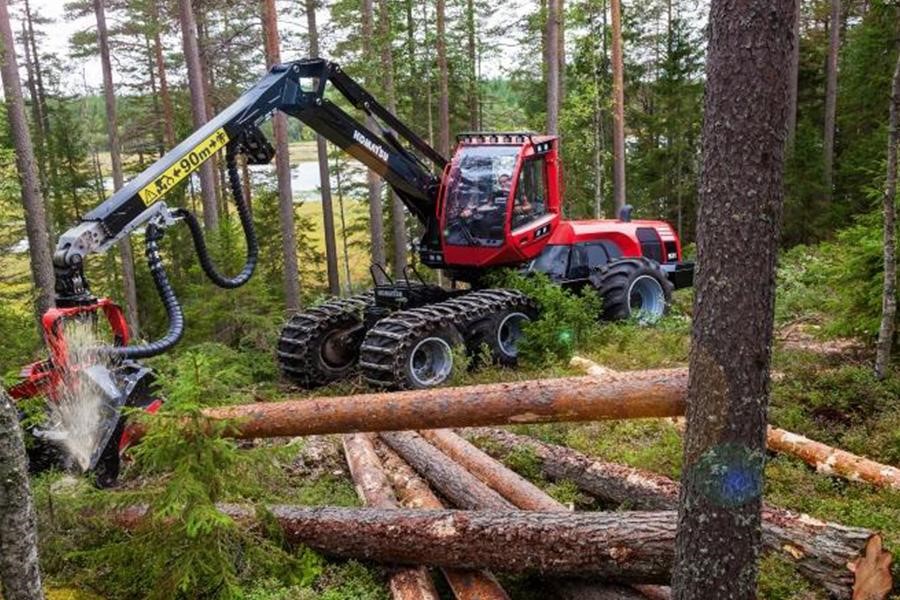
Timber harvesters are self-propelled cutting machines used to cut and process tree stems. They can either be wheeled or tracked, where the latter is used to tackle sloppy landscapes. The global market for timber harvesting equipment is projected to grow at a CAGR of 5.5% between 2017-2025, amounting to an estimated US$ 25 billion market value.
Key factors to consider before selecting
- Size and quantity of trees
- Environmental disturbance
- Terrain of the land
- Production potential
Features
- They consist of cutting heads used to cut down, delimb, and buck trees to particular desired lengths.
- They also have a fixed or rotating front or rear cab for the operator.
- They are part of a more extensive system that may include self-loading trucks and forwarders.
Pros
- Tracked harvesters can be used to harvest in rough and steep terrain.
- The boom arms and large clamps enable the machine to harvest, carry and fell large-diameter trees. They also help the operator direct the felling in safe directions to protect the residual stand.
Cons
- Harvesters are not ideal for multi-limbed types of trees.
3) Log loaders

Log loaders in the forestry industry are used to sort and stack logs into piles that are then moved to transport trucks. Loaders can either be wheeled, trailer-mounted, or tracked. The log loaders’ market size is expected to grow at a CAGR of 3% between 2022 and 2028.
Factors to consider before selecting
- Size and weight of the log
- Terrain of the land
Features
- Log loader specs and dimensions vary depending on the manufacturer and the model. For example, the HITACHI ZX210F-6 has a net power of 163.7 hp, a fuel capacity of 800 L, and an operating weight of 60,913.8 lbs. On the other hand, the DOOSAN DX225LL-5 has a lower net power of 162.3 hp but a higher fuel capacity of 1,018 L and an operating weight of 68,784.3 lbs.
- In the case of knuckle-boom loaders, a hydraulic system is used to operate the boom and swing arms.
- Truck-mounted loaders are directly attached to a truck and are suitable for more minor loading activities.
- Wheeled loaders are characterized by a set of forks with a grapple that helps load the logs.
Pros
- Fuel efficiency
- High speed and smaller turning radius
- Low carbon emissions
Cons
- Limited operations due to low power hose
- Different tree sizes require different types of loaders, making it difficult to function in forests with trees of different sizes.
4) Excavators
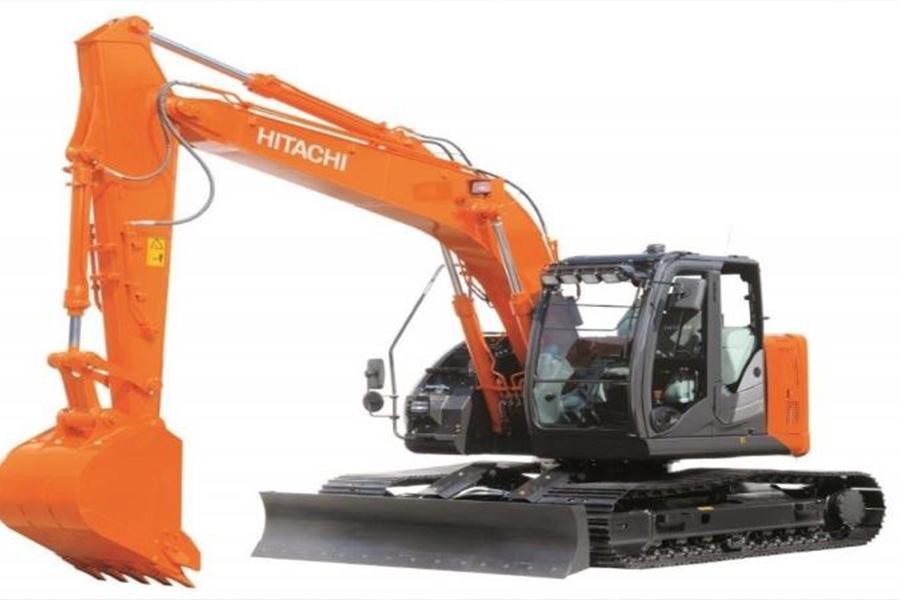
Forestry excavators are heavy equipment used to dig the earth, demolish forest trees, and load and unload the cut-down trees. The increased demand for high productivity in global harvesting has significantly boosted the demand for excavators. In 2018, the excavators’ market value was US$ 44.12 billion, projected to grow to US$ 63.14 billion by 2026. This growth projection indicates a CAGR of 4.7%.
Key factors to consider before selecting
- Depth to be excavated
- Type of task to be executed
Features
- They consist of a boom, bucket, and cabin on a rotating platform.
- They are made from heavy-gauge steel.
- Most of the moving parts are driven hydraulically.
- Most excavator engines use diesel. However, the consumption rate is dependent on the model and size.
Pros
- Increased efficiency and productivity
- Low operational costs
- Available in multiple configurations to meet the needs of different projects
Cons
- High acquisition and maintenance costs
Selecting forestry machinery for different end customers
Target market and customers for the forestry machinery
The forestry equipment and machines market is projected to grow from US$ 9 billion in 2020 to US$ 13 billion by 2027. The increased focus on forest management practices and the need to boost the quality and quantity of the yield is likely to drive demand for forestry machinery
Targeting by region
North America and Europe are currently the largest markets for forestry equipment due to their high consumption of wood pallets, which drive demand for harvesting. The Asia Pacific region, especially China and India, is showcasing strong growth in demand for forestry equipment and consumption of wood pallets. While the rest of the regions, such as the Middle East and Africa, have lower demand, the increased economic activities and steady economic growth indicate the potential emergence of new markets.
Takeaway
Harvesting and processing timber from wooded areas require different forestry machinery, all working together to produce quality end-user products. Developments and forest management policies worldwide are continuously driving the demand for forestry machinery. Be sure to check other machinery, architecture, and construction articles on Alibaba Blog.
